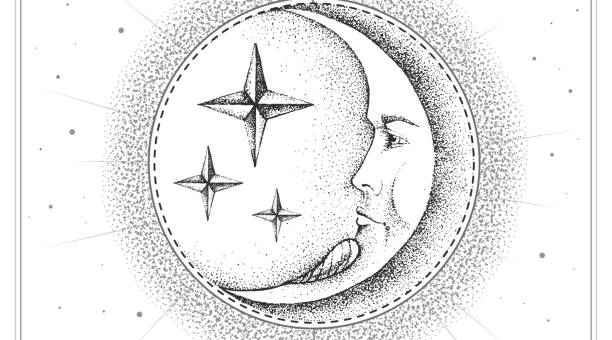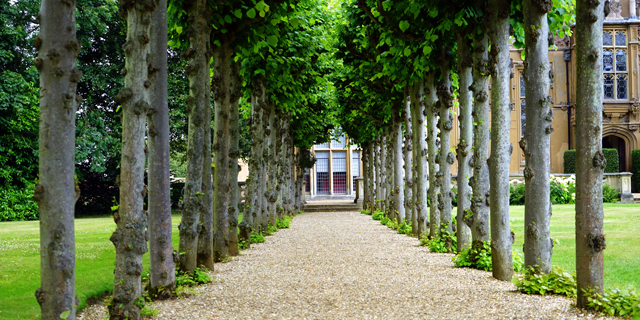高端设计英文翻译(Achieving High-end Design Tips and Strategies)

Introduction
High-end design is often synonymous with luxury, quality, and sophistication. It’s a style that goes beyond the functional and practical aspects of design, emphasizing aesthetics and extr*agance. Achieving high-end design requires a combination of creativity, knowledge, and attention to detail. In this article, we will discuss some tips and strategies that can help you achieve high-end design for various applications.
Understand Your Audience
The first step in achieving high-end design is understanding your audience. For example, if you are designing a high-end fashion brand, your target audience may be wealthy individuals or fashion enthusiasts who value quality and exclusivity. By understanding your audience, you can tailor your design to their preferences, expectations, and values. You can conduct research, analyze trends, and use customer feedback to inform your design decisions.
Focus on Quality Materials
High-end design requires high-quality materials, such as leather, silk, cashmere, and precious metals. Using such materials can elevate your design, add texture and depth, and enhance the user experience. However, quality materials often come at a higher cost, so you need to balance the cost and benefits of using them. You can also use alternative materials that mimic the look and feel of luxury materials, such as synthetic leather, faux fur, and metallic finishes.
Pay Attention to Details
High-end design is all about the details. Every element of your design should be deliberate and purposeful, from the color scheme to the typography to the small embellishments. Paying attention to details can differentiate your design from others, create a cohesive and sophisticated look, and add value to your product or service. You can use grids, guides, and templates to ensure consistency and precision in your design.
Create a Unique Identity
High-end design often involves creating a unique identity that reflects the brand’s personality, values, and vision. You can use various design elements, such as logos, graphics, and packaging, to communicate your identity and differentiate yourself from competitors. A unique identity can also enhance brand recognition, create emotional connections with customers, and increase brand loyalty. However, creating a unique identity requires creativity, research, and experimentation.
Emphasize Simplicity and Elegance
High-end design doesn’t h*e to be complicated or elaborate. In fact, simplicity and elegance are often key characteristics of high-end design. By using simple shapes, minimal colors, and clean lines, you can create a timeless and classy design that stands the test of time. Simplicity and elegance can also convey sophistication, luxury, and exclusivity. However, achieving simplicity and elegance requires discipline, restraint, and a deep understanding of design principles.
Conclusion
Achieving high-end design requires a combination of skills, knowledge, and passion. By understanding your audience, focusing on quality materials, paying attention to details, creating a unique identity, and emphasizing simplicity and elegance, you can create a design that stands out and captures the essence of luxury and sophistication. High-end design is not just a matter of aesthetic appeal but also a reflection of your brand’s values and identity.
本文链接:http://xindalouti.com/a/3360821.html
版权声明:本文内容由互联网用户自发贡献,该文观点仅代表作者本人。本站仅提供信息存储空间服务,不拥有所有权,不承担相关法律责任。如发现本站有涉嫌抄袭侵权/违法违规的内容, 请发送邮件举报,一经查实,本站将立刻删除。









